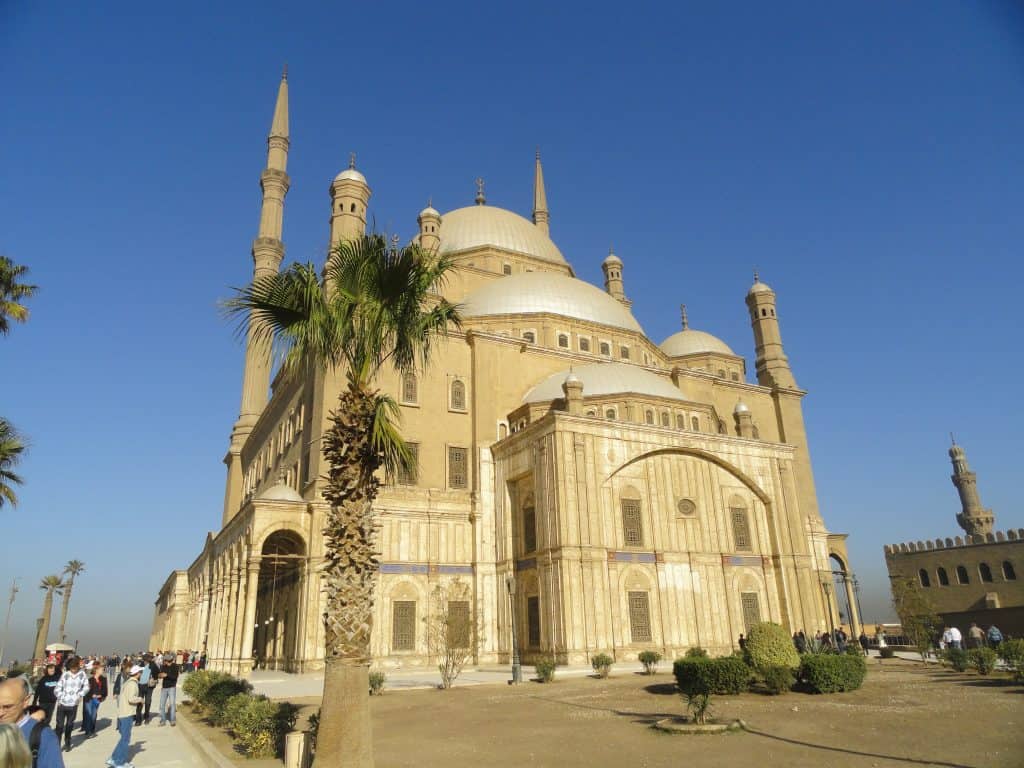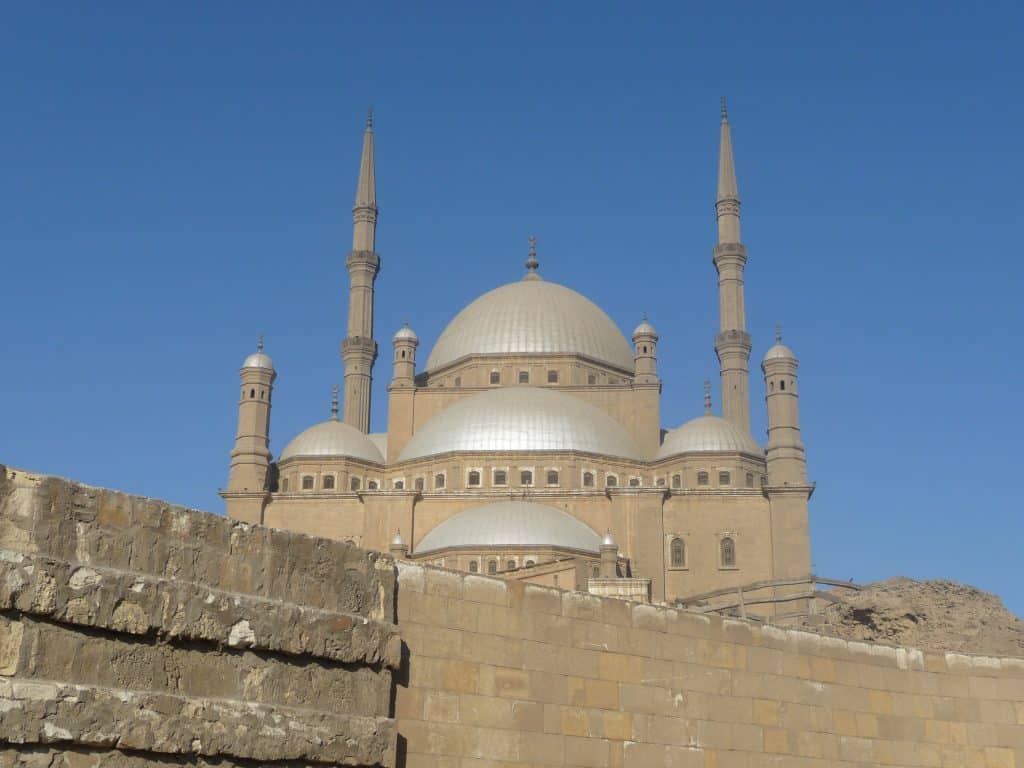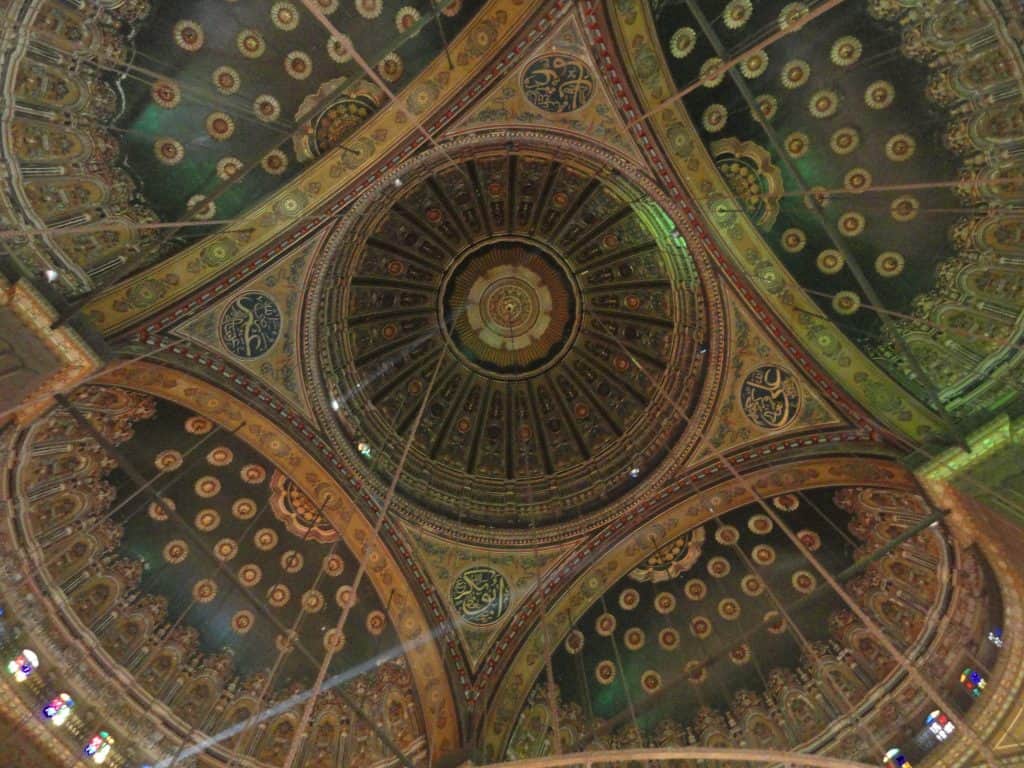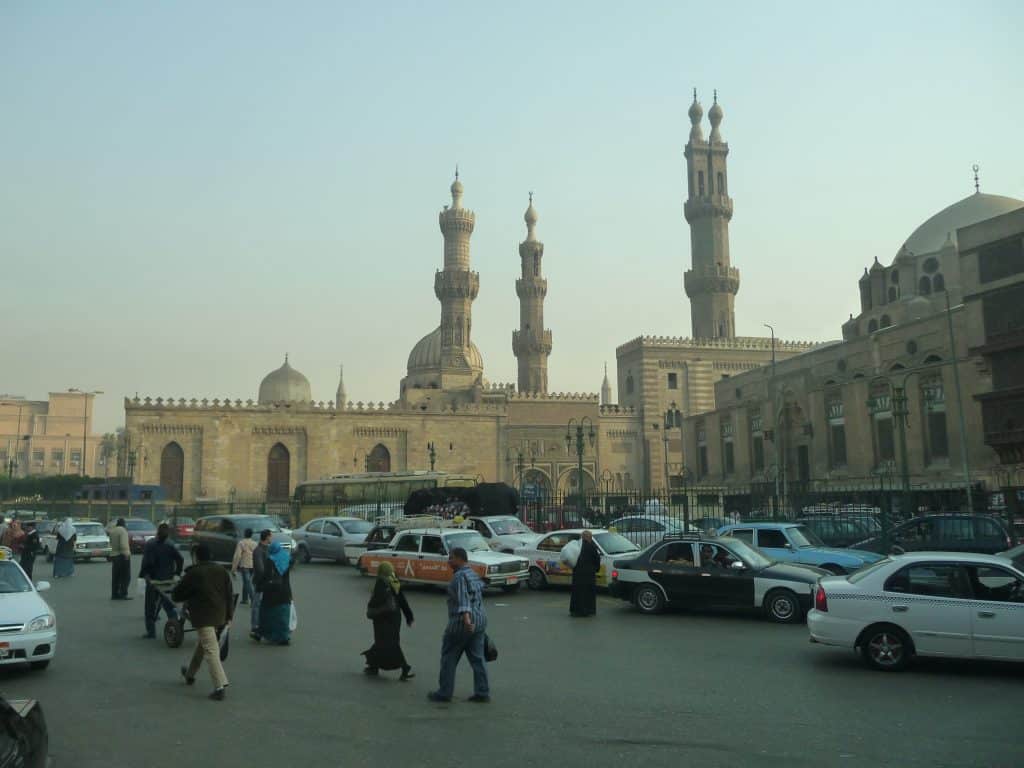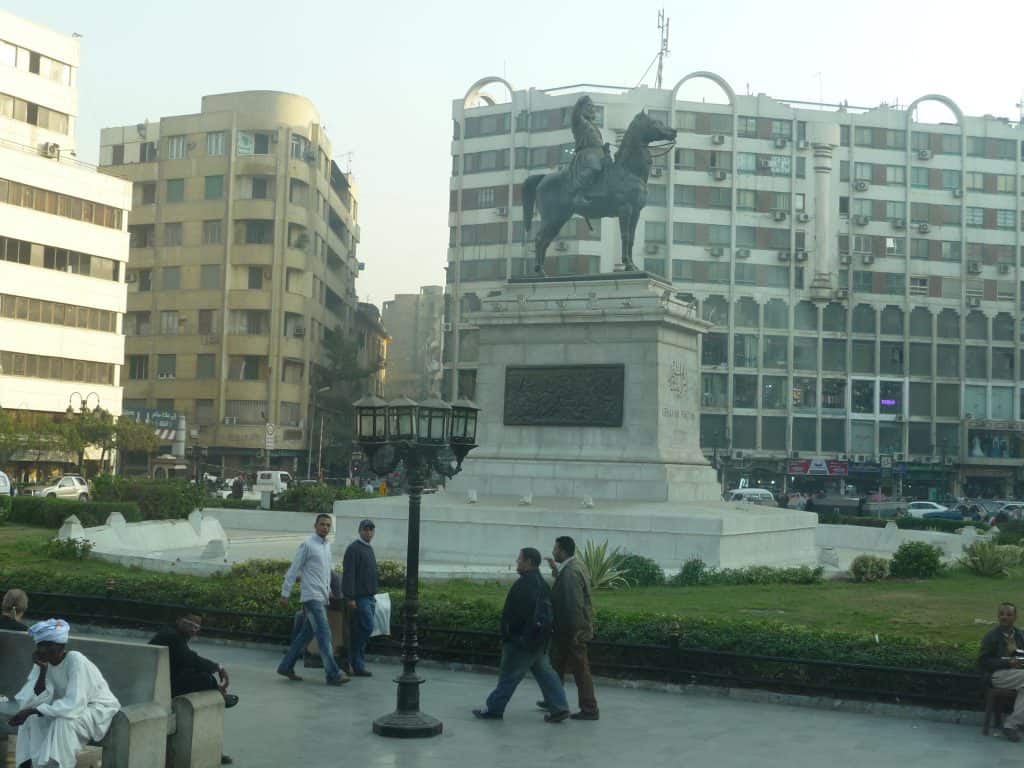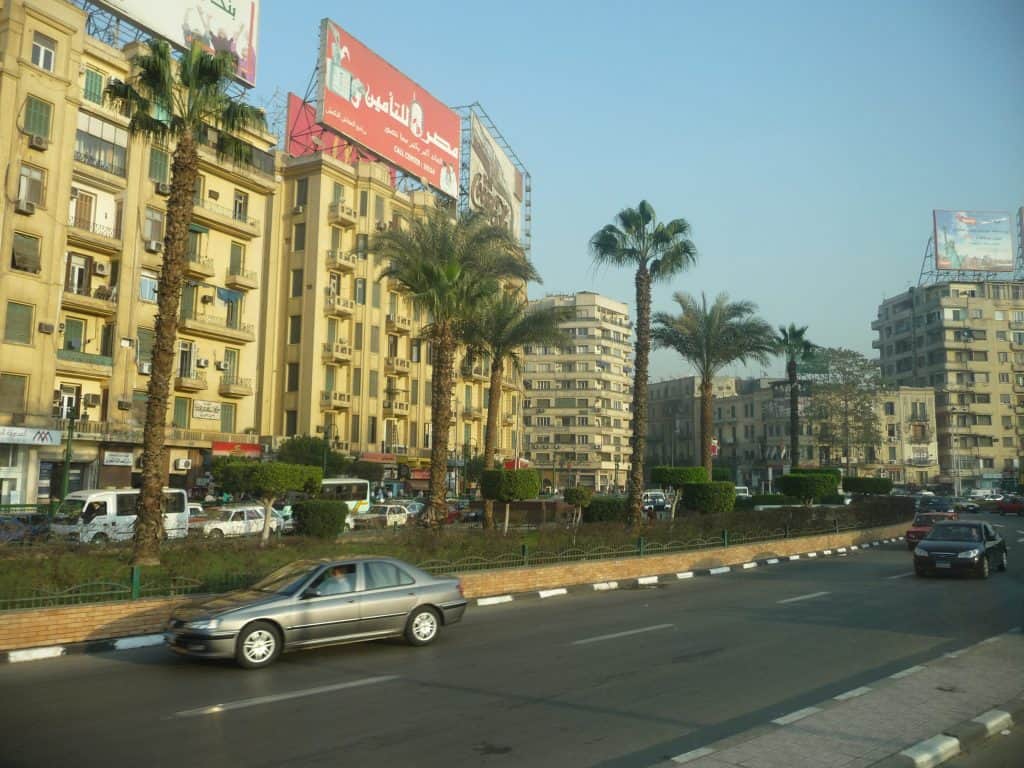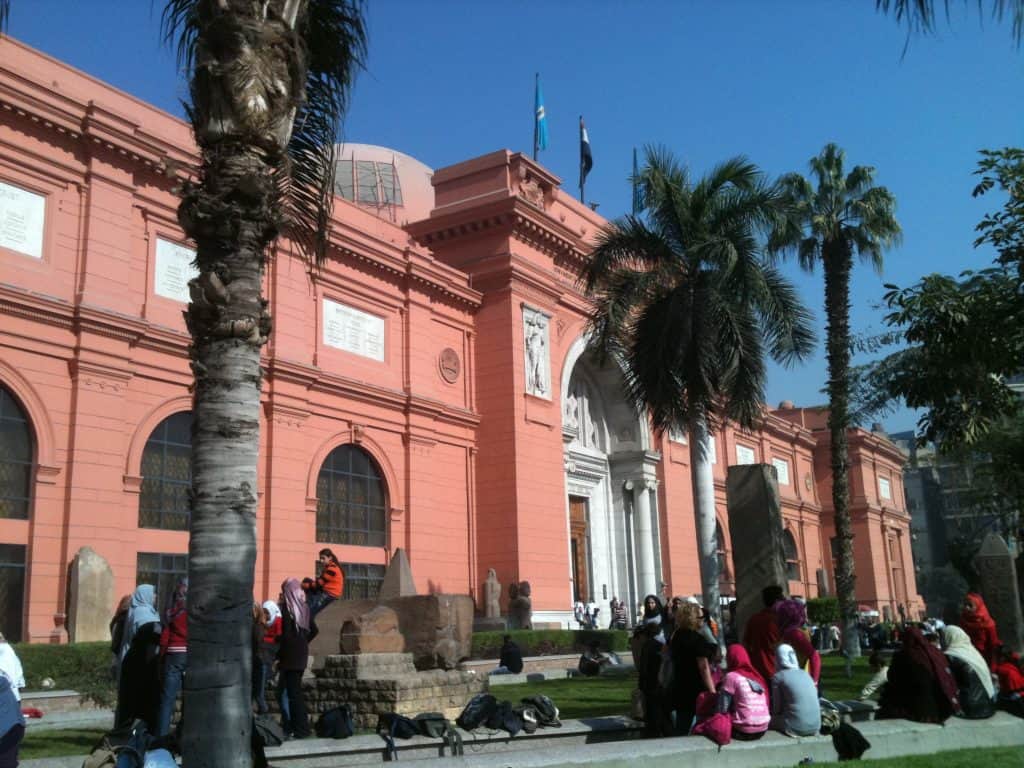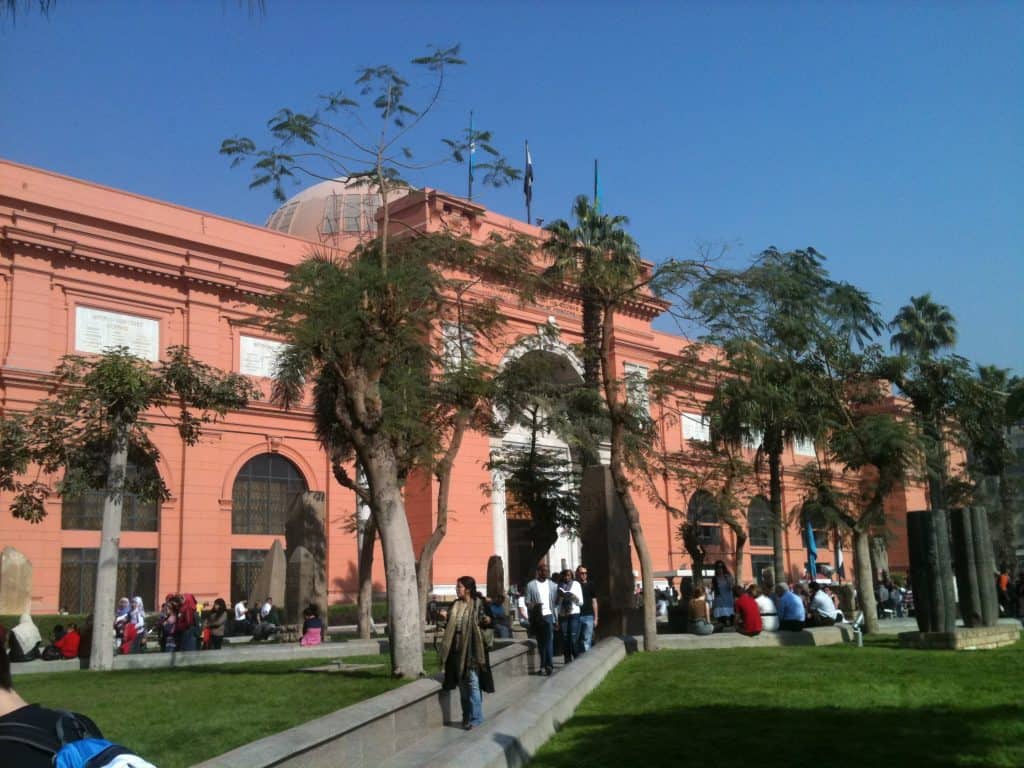
Cairo is the capital of the Arab Republic of Egypt. The city is divided into two areas: to the east the oldest part, to the west a whole new city made of modern buildings.
The main things to see besides the Giza area are: the Islamic Quarter, the Muhammad Ali Mosque and the Egyptian Museum.
Islamic Cairo is the ancient medieval city center, and its roots can be traced back to the sixth century, when Egypt was conquered by the Arabs.
Its ancient streets are dotted with historic buildings and monuments of great interest, and large mosques alternate with beautiful marble fountains, testifying to the great cultural importance of the city.
The Mosque of Muhammad Ali was built where the ancient royal palace of the Mamluks once stood, and work on its construction began in 1830 until 1848.
Due to the precariousness and incompetence that characterized its rise, already in 1899 it began to show the first signs of structural failure, so that a consolidation work was necessary only partially.
The Egyptian Museum in Cairo is the largest museum in the world related to the ancient Egyptian civilization, boasting the most impressive collection of archaeological finds.
There are about 136,000 works on display inside and hundreds of thousands of other finds are kept inside its huge warehouses. The structure intended to house the collection of the Egyptian Museum was built in 1835, and the collections of Auguste Mariette were exhibited there. The structure, however, proved too small to contain the ever-increasing amount of finds that flowed into it, and a flood caused by the overflow of the Nile in 1878 led to the move inside the Palace of Isma’il Pasha. However, this arrangement was only temporary, since even this palace did not prove to be sufficiently capacious to fulfill the task entrusted to it. The inauguration of the new headquarters of the Egyptian Museum took place in 1902.

